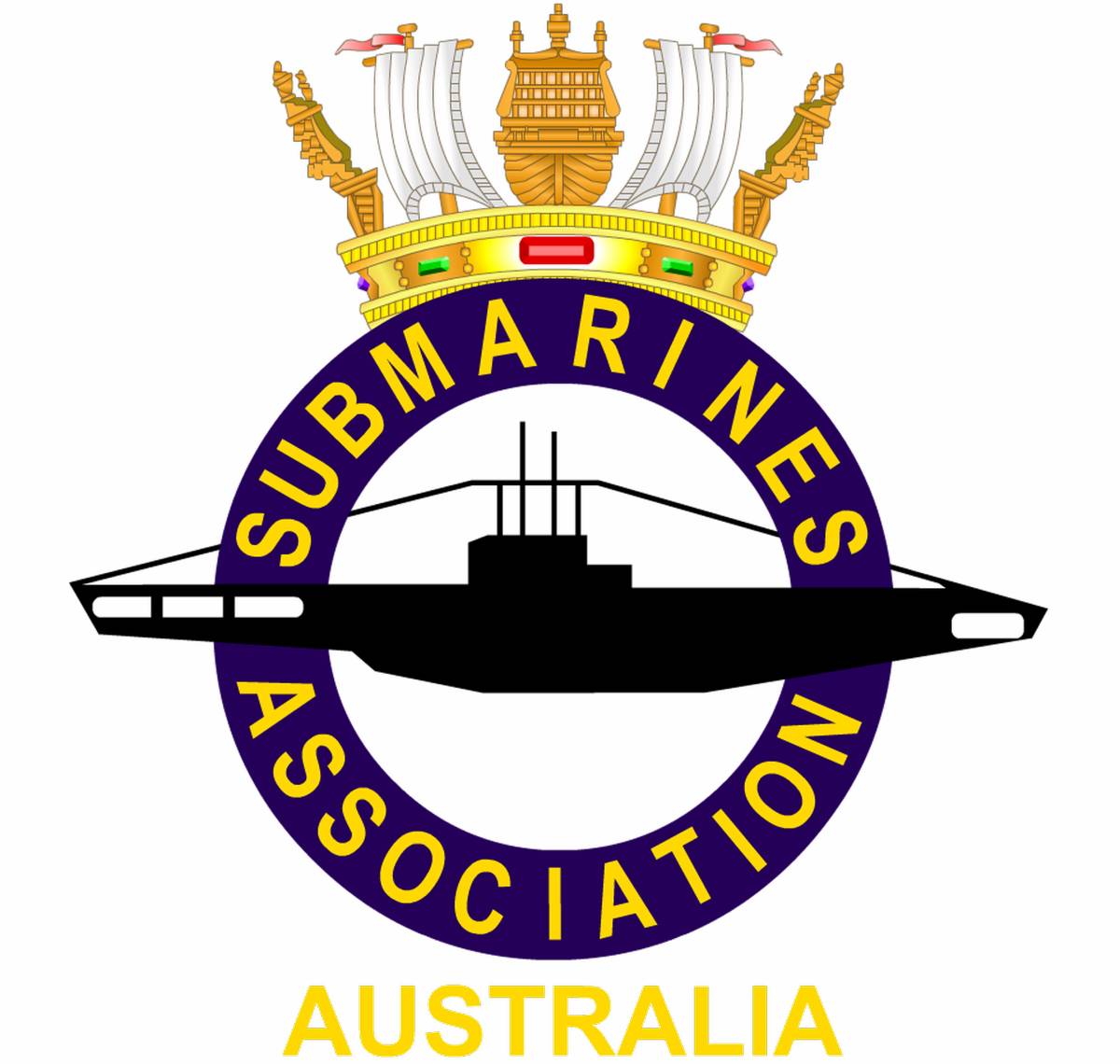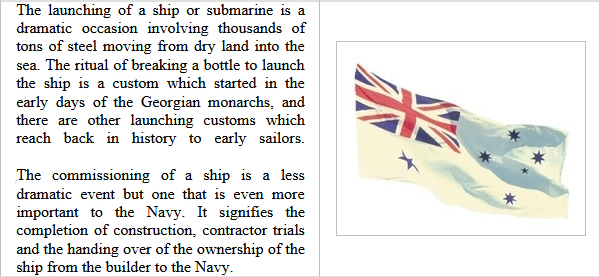

Submarines
Association
Australia


|
|
SubmarinesAssociationAustralia |
|
|
AE1 and AE2 History and Links

1914: AE1 and AE2 The E class submarines HMA Ships AE1, (LCDR T. F. Besant, RN), and AE2, (LCDR H. H. G. D. Stoker, RN), were commissioned in Portsmouth, England.
AE1 and AE2 were laid down in Vickers Yard, Barrow-in-Furness, England. AE1 was launched on 22 May 1913, and AE2 on 18 June 1913. AE1 and AE2 departed Portsmouth on 2 March 1914, for Australia.
110 years ago on the 24th of May 1914 the RAN’s first submarines arrived in Sydney.
HMA Submarines AE1 and AE2. Built for the Royal Australian Navy, AE1 and AE2 were Australia’s first of two E Class submarines. Under the respective commands of Lieutenant Commander T.F. Besant, RN and Lieutenant Commander H.H.G. Stoker, RN, these boats were manned by Royal Navy officers with a mixed crew of sailors drawn from the Royal Navy and the Royal Australian Navy.
HMAS AE2 (originally known as AE2) was an E-class submarine of the Royal Australian Navy (RAN). One of two submarines ordered for the fledgling navy, AE2 was built by Vickers Armstrong in England and was commissioned into the RAN in 1914. Together with her sister submarine, HMAS AE1, the boat then sailed to Although the submarines remained surfaced for almost all of the voyage, it was at the time the longest transit distance ever travelled by a submarine.
The boats arrived in Sydney 83 days after leaving Portsmouth and covered more than 13,000 miles.
HMAS AE1 was an E-class submarine of the Royal Australian Navy (RAN). She was the first submarine to serve in the RAN, and was lost at sea with all hands near what is now East New Britain, Papua New Guinea, on 14 September 1914, after less than seven months in service.
AE1 sank on 14 September 1914 during the Australian Naval and Military Expeditionary Force operation to seize the German colonies in New Guinea and the South Pacific. Likely the result of a diving accident, the sinking claimed the lives of the submarine’s entire complement of three officers and 32 sailors. Search missions attempting to locate the wreck began in 1976. The submarine was found during the 13th search mission near the Duke of York Islands in December 2017. The wreck was located in December 2017 in 300 metres of water off the Duke of York Island group.
After the start of World War I, AE2 was sent to German New Guinea with the Australian Naval and Military Expeditionary Force, then spent time patrolling around Fiji. With no need for submarines in the Pacific or Indian theatres, AE2 was towed to the Mediterranean, and arrived off Egypt in early 1915.
The boat was assigned to the Dardanelles Campaign, and was the first submarine to successfully penetrate the waterway and enter the Sea of Marmara. With orders to "run amok" inside Turkish territory.On 30 April 1915, AE2 successfully forced a passage through Türkiye’s heavily fortified Dardanelles Strait AE2 operated for five days before mechanical faults forced her to the surface, where she was damaged by the torpedo boat Sultanhisar. The submarine was scuttled by her crew, all of whom were captured The crew were taken to a Turkish prison camp where all but four ratings survived.
AE2 was the only RAN vessel lost to enemy action during World War I. The Rahmi M. Koç Museum began searching for the wreck in 1995, and found it in 1998. After another expedition in 2008, the Australian and Turkish Governments decided to leave the boat in place.
The wreck of AE2 was discovered in June 1998 lying in 72 metres of water north of Kara Burnu Point. The 110th anniversary of these boats’ arrival into the Royal Australian Navy is an opportunity to reflect on the achievements of their service and sacrifice more than a century ago.
A link to the Australian National Maritime Museum about the arrival is available Here
Finding AE1US NAVY WW2 VETERAN WHO SERVED IN FREMANTLE BASED SUBMARINES TURNS 100 Read the Article
Great article in the Australian Saturday 1 June 2024 regarding an Australian midget Submariner the link is available Here
For people who are unable to read the Australian a plain text copy is available Here
The RAN Oberon Era
The fourth and more permanent attempt to establish the Royal Australian Navy's Submarine Service began with the purchase in1963 from Scotts Shipbuilding at Greenock in Scotland for eight Oberon class submarines. This was later reduced to six. The first was appropriately named HMAS Oxley and arrived in Sydney in August 1967. In August of that year the Submarine Support Depot HMAS Platypus was commissioned for the support of the new submarines. Over the next ten years HMAS Otway, Ovens, Onslow, Orion and Otama followed it. During their life these submarines have given excellent service. During the 80s they went through refits that equipped them with the latest in operational and tactical systems, only surpassed by the new Collins coming into service. During their time in service they were often proven to be a capable non-nuclear submarine, able to uphold the highest in submarine operating standards. At approximately their half life stage, a very ambitious and successful modernisation took the boats into the modern missile age, providing the Oberons with the capability of the United States Navy's Mark 48 wire guided torpedo and Mark 84 UGMA Harpoon missile. The RAN operated six Oberon class submarines from the 27th March 1967, with the commissioning of HMAS Oxley, until the 15th December 2000 when HMAS Otama payed off. As part of the Government's Two Ocean Navy Policy (dividing the Fleet in two, with one half based in Sydney and the other half homeported in Western Australia) the decision was made to homeport submarines at HMAS Stirling, with the first being HMAS Oxley in 1987. In 1994, the Commander of the Australian Submarine Squadron moved his Headquarters from HMAS Platypus to HMAS Stirling. The Oberon class have now ended their operational life. The submarines Oxley, Otway, Ovens, Orion and Onslow have all been withdrawn from service. The last, Otama, was retired from service late 2000.
The Submarines

The tradition of commissioning predates the formation of the first European Royal Navies, in the days before they had to own fleets, would commission or charter ships from private owners to go off and fight their troublesome neighbours or sail off in search of new trade routes and riches. In turn, privateers could seek royal approval for their ventures in the form of a commission. Indeed, Christopher Columbus sought, and was granted, a commission by the Spanish Royal family in his search for a quicker route to the East Indies. Without the Royal commission a privateer was considered to be a pirate. The tradition continued after the first navies were formed and marked the handing over of the ship from the ship builder to the Navy. The commissioning ceremony marks the introduction into service of a ship as a unit of the Royal Australian Navy. At the moment of breaking the commissioning pennant, the ship becomes the responsibility of the Commanding Officer who, together with the Officers and Ship's Companies, have the duty of making and keeping the submarines ready for any service required by our nation in peace or war. The distinctive mark of a RAN ship in commission, other than the Australian White Ensign, is a flag or pennant at the masthead. The modern Royal Australian Navy commissioning pennant is the red cross of St. George at the hoist with a white fly. Members of commissioning crews have a special affinity with THEIR ships, and develop a relationship that is everlasting. According to tradition, a member of a ship’s commissioning detail, in the days of wooden vessels, had the right to take a plank from her deck when she was decommissioned. They became known as Plankowners and this section is dedicated to the plank owners of the RAN Oberon class submarines.
Webmaster : This is the first part that I can download correctly more updates will come soon